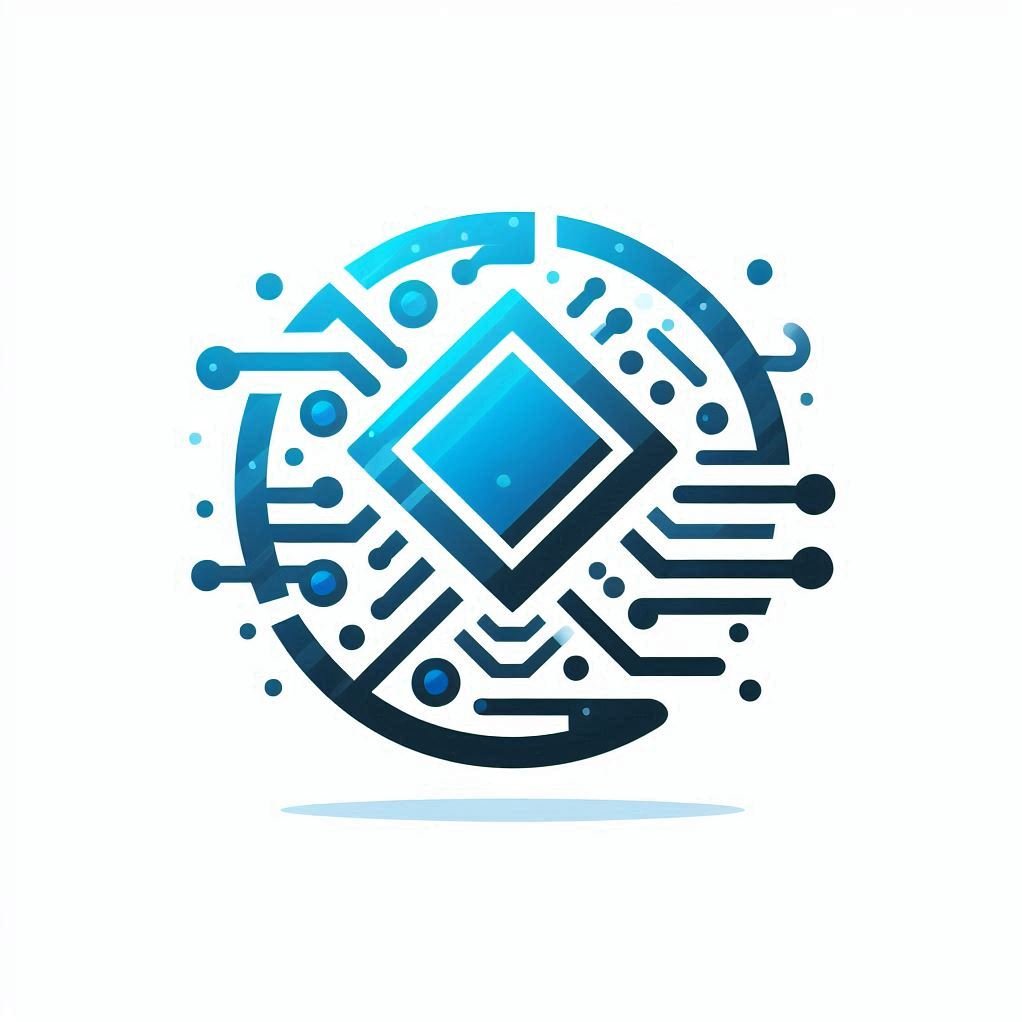Introduction
Digital transformation is a comprehensive rethinking of how organizations use technology to enhance their performance, deliver value to customers, and stay competitive in an increasingly digital world. It involves integrating digital technology into all areas of a business, fundamentally changing how you operate and deliver value to customers. This blog will explore the key aspects of digital transformation, providing insights and actionable steps for organizations looking to embark on this transformative journey.
Understanding Digital Transformation

Definition of Digital Transformation
- Integration of Digital Technology: Incorporating modern technologies to revamp existing processes.
- Cultural Shift: Encouraging an innovative, adaptable mindset within the organization.
Importance in Modern Business
- Staying Competitive: Ensuring businesses remain relevant in a rapidly evolving market.
- Customer Expectations: Meeting the rising demands for digital interactions and services.
Key Drivers of Digital Transformation

Technological Advancements
- Scalability and Flexibility: Cloud computing offers scalable IT resources that can be adjusted based on demand, providing businesses with the flexibility to scale operations efficiently.
- Cost Efficiency: By reducing the need for physical infrastructure and enabling pay-as-you-go models, cloud computing helps organizations lower IT costs and improve cost efficiency.
- Enhanced Decision-Making: AI technologies, such as machine learning and predictive analytics, enable businesses to make data-driven decisions by analyzing large volumes of data and identifying patterns and trends.
- Process Automation: AI-powered automation tools streamline repetitive tasks, increase operational efficiency, and free up human resources for more strategic activities.
Market Dynamics
- Consumer Behavior: Shifts towards digital-first experiences.
- Competitive Pressure: Necessitating continuous innovation to stay ahead.
Digital Transformation in Practice

Retail Sector: E-commerce and Omnichannel Strategies
- Online Shopping Platforms: Retailers are enhancing their e-commerce capabilities to provide seamless online shopping experiences.
- Omnichannel Integration: Combining online and offline channels ensures a consistent customer experience. For example, offering options like “buy online, pick up in-store” (BOPIS).
Healthcare Industry
- Remote Consultations: Telemedicine platforms allow patients to consult with healthcare professionals remotely, increasing access to medical care.
- Patient Monitoring: IoT devices enable continuous health monitoring, providing real-time data to healthcare providers for better patient management.
Challenges and Solutions in Digital Transformation

Common Challenges: Legacy Systems
- Integration Issues: Outdated technology can be difficult to integrate with new digital systems.
- High Costs: Upgrading or replacing legacy systems can be expensive and time-consuming.
Resistance to Change
- Cultural Barriers: Employees may be resistant to new technologies and processes.
- Skill Gaps: Lack of necessary digital skills among employees can slow down transformation efforts.
Effective Solutions
- Incremental Upgrades: Modernizing legacy systems step-by-step.
- Engagement Strategies: Promoting a culture of innovation and adaptability.
Strategic Approach to Digital Transformation

Developing a Clear Vision
- Digital Strategy: Aligning digital initiatives with business goals.
- Leadership Commitment: Ensuring top-level support and engagement.
Implementation Roadmap
- Phased Approach: Gradual integration of digital technologies.
- Performance Metrics: Monitoring progress through key performance indicators (KPIs).
Future Trends in Digital Transformation

Emerging Technologies
- Internet of Things (IoT) : IoT will expand further, connecting a growing number of devices and systems. This interconnectedness will enhance real-time data collection and analysis, improving everything from supply chain management to smart home technologies.
- Blockchain: Blockchain will continue to revolutionize industries by providing secure, transparent, and tamper-proof digital ledgers. Its applications will extend beyond cryptocurrency to include supply chain management, healthcare, and finance, enhancing security and efficiency in transactions and data sharing.
Predictive Insights
- Data Analytics: Utilizing big data for strategic decision-making.
- Automation: Increasing efficiency through robotic process automation (RPA).
Conclusion
Digital transformation is no longer a choice but a necessity for businesses aiming to thrive in the digital age. By understanding its key drivers, developing a strategic approach, learning from practical examples, and anticipating future trends, organizations can navigate the complexities of digital transformation successfully. Embracing this change not only enhances operational efficiency but also opens up new opportunities for innovation and growth.
